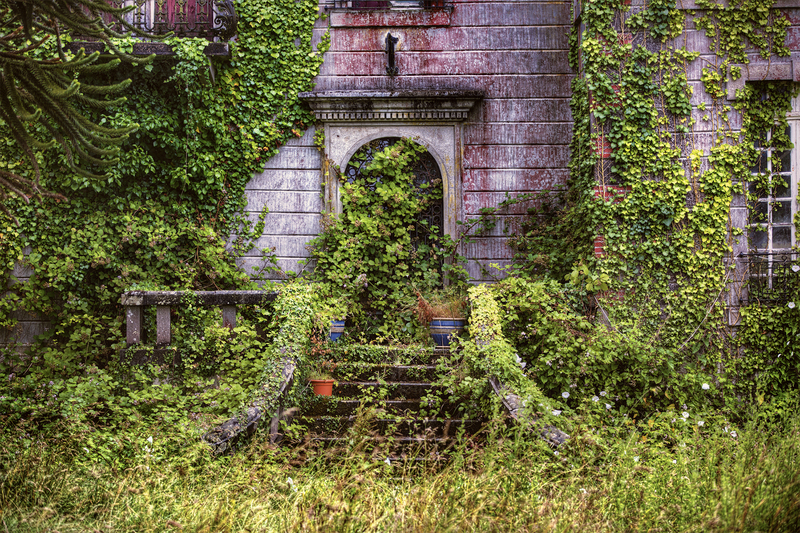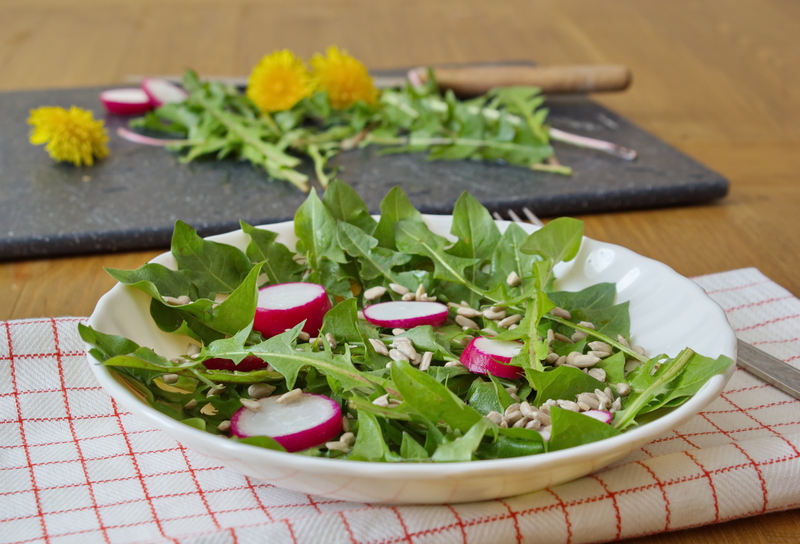Plant and Plan: Curate Inviting Seating Areas in Your Garden
Posted on 23/09/2025
Plant and Plan: Curate Inviting Seating Areas in Your Garden
Transforming your garden into a comfortable oasis is more than just a dream--it's a well-planned project that starts with creative vision and thoughtful execution. Learn how to expertly plant and plan seating areas in your garden to cultivate an inviting, relaxing atmosphere that seamlessly blends natural beauty and practical comfort. Whether you have a tiny patio or an expansive backyard, discover the secrets to curating cozy, functional, and beautiful seating nooks using expert landscaping, plant selections, and design tips.
Why Design Garden Seating Areas?
Adding inviting garden seating offers much more than a place to sit. By integrating thoughtfully designed seating spaces, you:
- Encourage outdoor relaxation and socialization.
- Create functional living spaces in your landscape.
- Increase your property's appeal and value.
- Enjoy nature and experience mental health benefits.
- Personalize your garden with unique style and comfort.
When you plant and plan seating in your garden, you're not just making a backyard beautiful; you're building your own sanctuary.

Choosing the Right Spot to Curate Inviting Seating Areas
The location you select for your seating area will shape the whole experience. Consider:
- Sun and shade patterns: Does the area get morning sunlight or afternoon shade?
- Views: Place seating to take advantage of garden vistas, flowering beds, or water features.
- Privacy: Use fences, trellises, or strategic planting to create secluded, peaceful spots.
- Proximity to the house: For dining, keep seating close to the kitchen or back door.
- Wind and exposure: Sheltered spots are typically more comfortable.
- Acoustics: Place near bubbling fountains or bird habitats for soothing sounds.
Tip: Test different locations in your garden before installing permanent seating. Walk around with a chair and try sitting in various areas at different times of day to identify the ideal spot.
Designing the Perfect Seating Layout
Select Your Seating Style
Your choice of furniture and style will set the tone for your seating area. The most popular options for garden seating include:
- Benches and built-in seating: Great along paths or under trees.
- Outdoor sofas and cushioned lounge chairs: Turn patios or decks into living rooms.
- Hammocks and swings: Perfect for relaxed, whimsical garden corners.
- Bistro tables and cafe sets: Ideal for intimate coffee spots or small spaces.
- Firepits with surrounding seating: Extends outdoor time, especially in cooler months.
Arrange for Easy Flow and Accessibility
When you plan seating areas in your garden, consider the following design tips:
- Paths: Create clear, attractive walks using gravel, stone, or pavers for easy, safe access.
- Scale: Size your seating area to fit the space and accommodate the number of users comfortably.
- Focal points: Anchor the area with a sculptural plant, fountain, or art piece for visual interest.
- Multi-level options: Use decks, terracing, or raised beds to add dimension and variety.
- Shade structures: Incorporate pergolas, umbrellas, or mature trees to cool seating areas.
Pro tip: Leave space around seating for side tables, planters, and foot traffic to prevent cramped layouts.
Blending Plants and Seating for a Lush Ambiance
One of the secrets to a truly inviting garden seating area is clever integration of plants. Plants can frame, soften, and enliven your seating, offering color, texture, scent, and privacy. Here's how to plant and plan seating elegantly:
Use Plants for Privacy and Shelter
- Hedges: Boxwood, laurel, or hornbeam create classic green walls.
- Climbing plants: Rose, honeysuckle, or jasmine decorate fences, pergolas, or trellises with fragrance and bloom.
- Ornamental grasses and tall perennials: Miscanthus, switchgrass, or delphiniums can screen and soften boundaries.
Choose Scented and Colorful Varieties
- Lavender, lilac, and gardenia: Fill the air with delightful aromas beside seating.
- Seasonal flowers: Plant bulbs (tulips, daffodils), perennials (daylilies, coneflower), and shrubs (hydrangea, azalea) for continuous blooms.
- Autumn interest: Japanese maples or burning bush add fiery foliage late in the season.
Softening Hard Edges
- Groundcovers: Use creeping thyme, sedum, or moss between paving stones for a cushiony effect.
- Container plants: Potted ferns, petunias, or geraniums can brighten corners and edges.
- Trailing vines: Overflowing from baskets or planters, they break up straight lines and create a romantic vibe.
Expert tip: Choose low-maintenance, resilient plants that thrive in your climate for effortless, long-lasting results around seating spots.
Matching Your Garden's Style with Inviting Seating
To create a cohesive and personalized retreat, let your garden design influence your seating area. Consider these style pairings:
- Cottage Garden: Try painted wrought iron chairs, overstuffed cushions, and abundant flowering borders.
- Modern Minimalist: Opt for sleek benches, concrete planters, and sculptural evergreens.
- Mediterranean: Use terracotta pots, mosaic-tiled tables, olive trees, and aromatic herbs.
- Woodland: Blend rustic timber benches, fern-filled understories, and gravel paths for a shady forest vibe.
- Japanese Zen: Employ bamboo screens, simple stone seats, and mossy groundcovers for tranquil simplicity.
*Don't be afraid to mix and match. Your personality can shine through eclectic combinations or unique DIY seating ideas integrated with lush plantings!*
Lighting Up Your Garden Seating Areas
Lighting transforms garden seating from day to night. Use creative outdoor lighting ideas to extend your enjoyment:
- String lights: Drape above or around seating for a festive, magical glow.
- Lanterns or candles: Add flickering ambiance for evening relaxation or romance.
- Solar path lights: Lead guests safely to and from your seating spots.
- Spotlights: Highlight featured plants, artwork, or water elements nearby.
- Recessed floor lights: Built into decking, these enhance modern or minimalist spaces.
Tip: Mix safety lighting with subtle, ornamental fixtures to create both function and mood around your garden seating.
Accessorizing for Comfort and Style
For a truly inviting seating area in your garden, comfort is key:
- Weatherproof cushions and throws: Add softness, and select fade- and mildew-resistant fabrics.
- Side tables: Essential for drinks, books, or garden tools.
- Patio umbrellas, shade sails, or arbors: Protect from midday sun and light rain.
- Rugs and mats: Define seating zones and add color or pattern.
- Decorative touches: Outdoor art, birdhouses, wind chimes, and colorful planters add personality.
Remember: Choose accessories that complement your plants and furniture for a unified look.
Seasonal Planning for Year-Round Enjoyment
Plant and plan seating in your garden with all seasons in mind:
- Winter: Incorporate evergreens, berries, and shelter from wind. Consider adding a fire pit or outdoor heater.
- Spring: Place seating near early bloomers and bulbs for first bursts of color and scent.
- Summer: Maximize shade, add drought-tolerant plants, and ensure plenty of airflow.
- Autumn: Accent with fall foliage, ornamental grasses, and late-season flowers like asters or sedum.
Tip: Pay attention to the angle of the sun during different seasons to optimize seating comfort year-round.
Eco-Friendly Planting and Planning for Garden Seating
Make your garden seating areas sustainable and wildlife-friendly with these eco-conscious ideas:
- Native plants: Require less water, fertilizer, and maintenance--and support local birds and pollinators.
- Rain gardens: Capture runoff in low spots near seating to nourish moisture-loving plants.
- Permeable paving: Use gravel, wood chips, or permeable pavers to allow rainwater to soak into the earth.
- Reclaimed materials: Upcycle vintage benches, wooden pallets, or stone for unique green seating solutions.
- Habitat features: Plant hedgerows, install birdbaths, or add insect hotels near garden seating.
Common Mistakes to Avoid When Planning Garden Seating
With so many options, it's easy to overlook key factors when you plan seating in your garden. Watch out for these pitfalls:
- Ignoring the sun/shade balance: Too hot or too chilly will discourage use.
- Poor drainage: Low spots may stay soggy and breed mosquitoes--install proper grading or French drains if needed.
- Overcrowding furniture: Cramped layouts make seating feel uncomfortable.
- Inadequate maintenance: Select easy-care materials and plants, and keep up with cleaning and pruning.
- Undersized seating zones: Ensure there's enough room for relaxation and movement.

Frequently Asked Questions about Planting and Planning Garden Seating Areas
1. How do I choose the best plants for my garden seating area?
Consider your local climate, sunlight, and soil. Opt for low-maintenance perennials, fragrant herbs, and shrubs that provide privacy and interest through all seasons. Native plants usually require less water and upkeep.
2. What materials are best for outdoor garden furniture?
Weather-resistant options like teak, aluminum, resin wicker, and powder-coated steel hold up well outside. Use cushions made from outdoor-grade, UV- and mildew-resistant fabrics for durability and comfort.
3. How can I make a small garden seating area feel larger?
Use slimline benches, vertical gardens, and mirrors to visually expand space. Lighter colors, open fencing, and tall, narrow plants can also create an airier feel.
4. Is it possible to have comfortable seating without traditional furniture?
Absolutely! Consider naturalistic boulders, built-in seat walls, or even sturdy logs. Pile on outdoor cushions or blankets for comfort and versatility.
5. How often should I update my garden seating area?
With high-quality materials and versatile designs, major overhauls are rarely necessary. Simply refresh plantings and accessories seasonally to keep things vibrant and inviting.
Conclusion: Plant and Plan Your Perfect Garden Retreat
Designing inviting seating areas in your garden is a creative adventure in blending living plants with stylish, functional spaces. By following the tips above, you'll cultivate an outdoor haven that welcomes relaxation, conversation, and connection with nature--all year round. Remember, every beautiful garden seating area starts with a thoughtful plan and thoughtful planting. Let your imagination flourish, and enjoy every moment spent in your inviting, plant-rich garden retreat!
Ready to make your garden dreams a reality? Start planning and planting, and watch as your outdoor space transforms into your favorite place to sit, relax, and rejuvenate.

